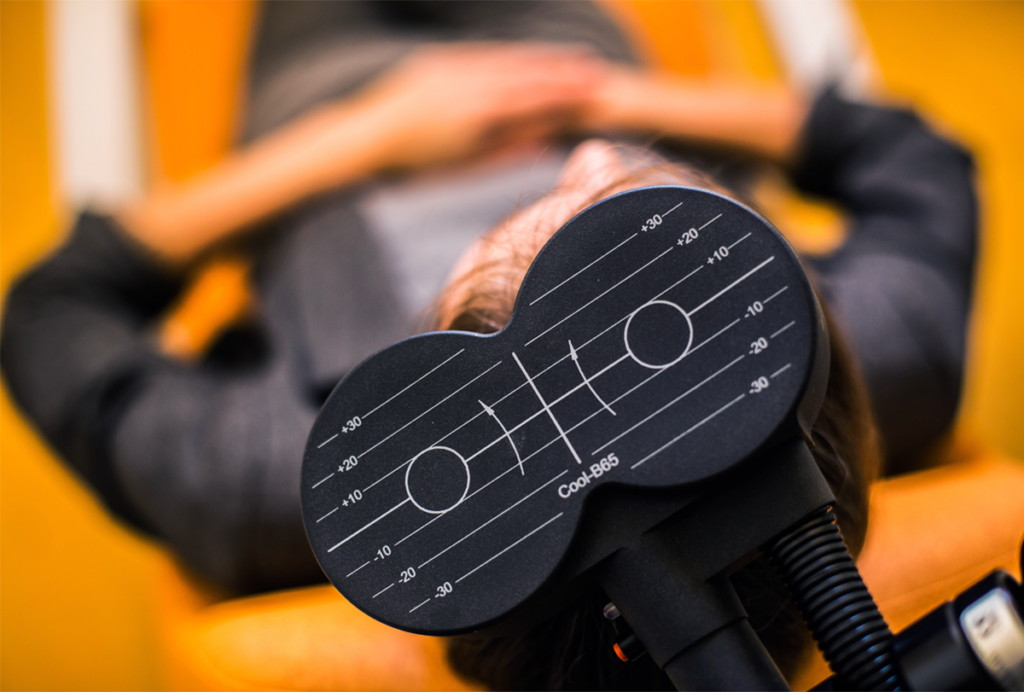Xujun Duan is a professor of Biomedical Engineering at the University of Electronic Science and Technology of China, Chengdu, China. She received her PhD in Biomedical Engineering at the University of Electronic Science and Technology of China, and conducted a Joint PhD study at Stanford University under the supervision of Dr. Vinod Menon. Her long-term research goal is to address how brain anatomy, function and connectivity are altered in autism spectrum disorder (ASD), and how they vary across the population, by using multi-modal brain imaging techniques and computational methods.
Xujun Duan
Professor of biomedical engineering
University of Electronic Science and Technology of China
From this contributor
Magnetic stimulation for autism: Q&A with Xujun Duan
A new individualized approach to transcranial magnetic stimulation may one day be an effective treatment for social and communication difficulties, if the results from Duan’s small preliminary trial pan out.

Magnetic stimulation for autism: Q&A with Xujun Duan
Explore more from The Transmitter
The Transmitter’s most-read neuroscience book excerpts of 2025
Books by Nachum Ulanovsky, Nicole Rust, and Andrew Iwaniuk and Georg Striedter made the list of some of the year's most engaging neuroscience titles.

The Transmitter’s most-read neuroscience book excerpts of 2025
Books by Nachum Ulanovsky, Nicole Rust, and Andrew Iwaniuk and Georg Striedter made the list of some of the year's most engaging neuroscience titles.
Neuroscience’s leaders, legacies and rising stars of 2025
Here are seven stories from the past year about some of the field’s most engaging figures.

Neuroscience’s leaders, legacies and rising stars of 2025
Here are seven stories from the past year about some of the field’s most engaging figures.
The Transmitter’s top news articles of 2025
Check out some of our most-read stories, covering neuroscience funding and policy changes in the United States, and methodological issues in high-profile neuroscience papers.

The Transmitter’s top news articles of 2025
Check out some of our most-read stories, covering neuroscience funding and policy changes in the United States, and methodological issues in high-profile neuroscience papers.